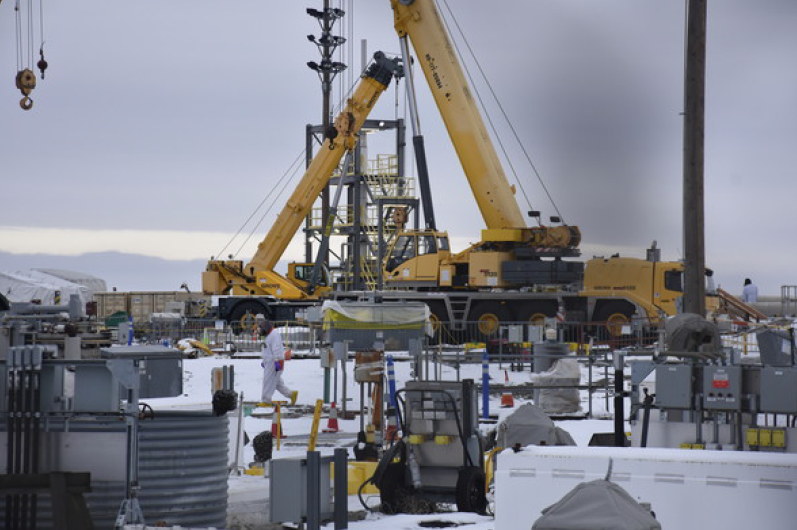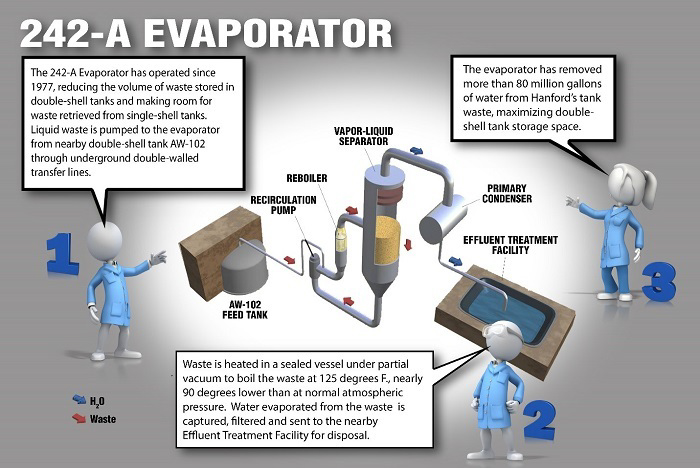Secretary Granholm addresses WMS2021

Secretary Granholm during a live stream of the 2021 Waste Management Symposia.
Newly appointed Energy Secretary Jennifer Granholm promised a more “collaborative and inclusive approach” to working with communities hosting and surrounding Department of Energy cleanup sites during a video address to the 2021 Waste Management Symposia on March 9. Granholm is the highest DOE official to ever address the annual conference dedicated to radioactive waste management, which is being held virtually this year due to the ongoing pandemic.
“Our work is about more than just restoring the land,” Granholm said of the DOE’s environmental management program. “It is really about keeping our promises to the American people. It is our responsibility to lift this burden from communities that have shouldered the burden of our safety and help them achieve a more vibrant and sustainable future.”




 A new report out of Columbia University’s Center on Global Energy Policy (CGEP) offers a number of recommendations for improving the management of spent nuclear fuel and high-level radioactive waste in the United States.
A new report out of Columbia University’s Center on Global Energy Policy (CGEP) offers a number of recommendations for improving the management of spent nuclear fuel and high-level radioactive waste in the United States.
 Citing ongoing developments with COVID-19, Waste Management Symposia has announced that it has decided to make its 2021 Waste Management Conference a virtual event. WM Symposia has been holding its annual conference for the management of radioactive waste, nuclear decommissioning, and related topics since 1974. The conference is typically held in early March in Phoenix, Ariz.
Citing ongoing developments with COVID-19, Waste Management Symposia has announced that it has decided to make its 2021 Waste Management Conference a virtual event. WM Symposia has been holding its annual conference for the management of radioactive waste, nuclear decommissioning, and related topics since 1974. The conference is typically held in early March in Phoenix, Ariz.

